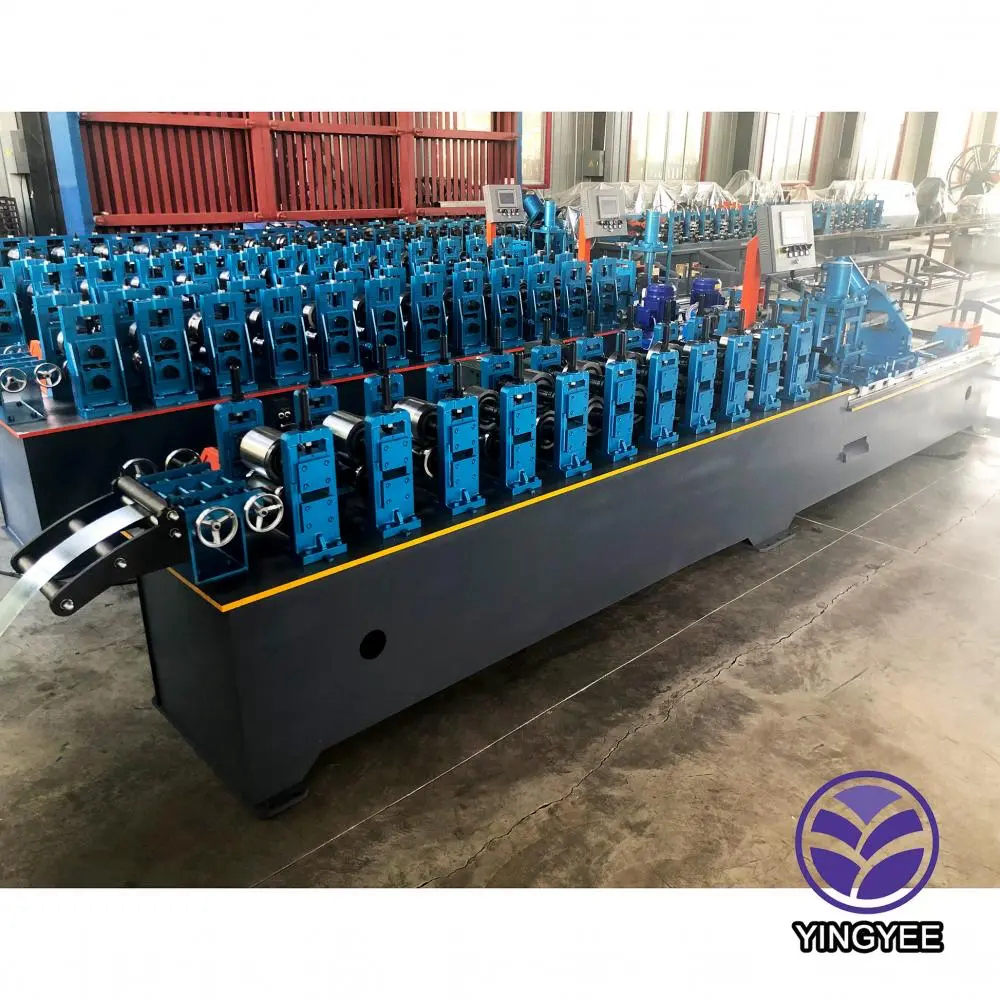
The NCHRP 350 Guardrail Cold Bending Machine Enhancing Road Safety
In the quest for improving road safety, the implementation of effective roadway barriers is paramount. One such measure is the guardrail, which serves as a critical component in preventing vehicles from veering off the roadway and minimizing the severity of crashes. The National Cooperative Highway Research Program (NCHRP) has established guidelines and standards for the performance of various roadside safety features, including guardrails. A specific innovation that has emerged in line with these standards is the guardrail cold bending machine, a device designed to enhance the efficiency and effectiveness of guardrail installation and maintenance.
Understanding the NCHRP 350 Criteria
The NCHRP Report 350 outlines the testing and evaluation protocols for roadside safety hardware. This framework is essential for ensuring that guardrails can absorb and redirect vehicle impacts, thereby safeguarding both occupants and pedestrians. The criteria emphasize the need for guardrails to possess specific structural integrity, energy absorption capabilities, and overall performance under test scenarios that replicate real-world conditions.
Adhering to these standards not only ensures compliance but also enhances the safety of roadway users. As such, the design and installation processes of guardrails must be meticulous, demanding tools and machinery that can meet these high standards. This is where the guardrail cold bending machine plays a crucial role.
Role of the Cold Bending Machine
A guardrail cold bending machine is specially designed to bend guardrail sections without applying heat. This cold process has several advantages, including maintaining the material's integrity and structural properties. By allowing for precise and controlled bending, these machines ensure that guardrails fit perfectly into the pre-established designs required to meet NCHRP 350 guidelines.

One of the significant benefits of utilizing a cold bending machine is the enhanced accuracy it brings to the installation process. The ability to create specific angles and curves means that guardrails can be tailored to the unique geometries of various roadways. This adaptability is particularly beneficial in areas with sharp turns, slopes, or other challenging topographies, where standard lengths of guardrail may not suffice.
Improved Efficiency and Cost-Effectiveness
In addition to accuracy, cold bending machines increase the efficiency of guardrail installation. Traditional methods often involve cumbersome processes that can lead to delays and additional labor costs. With a cold bending machine, operators can quickly produce the required bends and shapes in the guardrail components, significantly speeding up the installation process. This efficiency not only reduces labor costs but also minimizes road closure times, leading to a smoother overall deployment of safety features.
Furthermore, by ensuring that guardrails are installed correctly from the outset, the cold bending machine contributes to reduced maintenance needs over time. Properly bent and fitted guardrails are less susceptible to damage and deterioration, leading to longer lifespans and lower replacement costs.
Conclusion A Step Toward Safer Roads
The utilization of the NCHRP 350 guardrail cold bending machine stands as an important innovation in the field of roadway safety. By ensuring that guardrails are manufactured and installed to meet stringent safety standards, this technology plays a vital role in protecting drivers, passengers, and pedestrians alike.
As our understanding of road safety evolves and new challenges arise, the development and adoption of specialized machinery such as the guardrail cold bending machine are essential. This equipment not only facilitates compliance with NCHRP guidelines but also contributes to creating safer roadway environments. Ultimately, the ongoing advancements in guardrail technology and machinery reflect our commitment to reducing accidents and enhancing safety for all road users. Through these efforts, we take significant steps toward achieving a safer, more responsible transportation infrastructure.